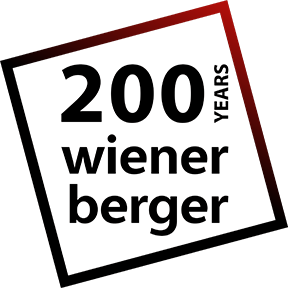In 1819, Miesbach’s passion for fired clay converges with his awareness of rising demand for bricks in the city. Alois Miesbach founds the company.
Alois Miesbach is one of the first to recognize the huge demand for construction materials in Vienna. He acquires a former state-owned brickworks in the Meidling district of Vienna. Two years later, he leases additional land and another brick kiln on Wienerberg.
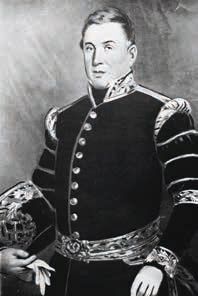
Miesbach buys more brickworks, properties and land around Vienna. Since wood is getting rarer and more expensive as an energy source for firing bricks, Miesbach is one of the first companies to go into coal mining. With high levels of investment, Austria’s first coal mines using steam engines start operating.
Devastating floods damage thousands of houses in Buda and Pest. Miesbach opens his first brickworks in Hungary to facilitate reconstruction. Miesbach becomes the country’s largest brick manufacturer.
Miesbach acquires about 35 plots of land around Vienna where he builds residential properties.
Miesbach leases the Wiener Neustadt Canal between Vienna and Wiener Neustadt. In doing so, he gains control of the most important transport route of the time for coal, clay and manufactured products between his production sites and Vienna, the biggest sales market. He builds a network of canals and ports to optimize logistics.
Alois Miesbach dies at the age of 68. His sole heir is his nephew Heinrich Drasche, who has been working for the company for 28 years and has recently been made responsible for some of the brickworks and all mining operations.
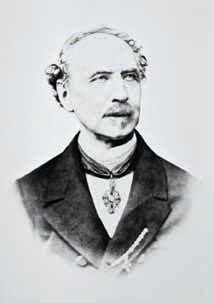
Following the demolition of the “Glacis” (the old Viennese fortification walls), huge plots of land became available. Vienna’s Ringstrasse is designed as a new magnificent boulevard. This triggers a construction boom. Between 1854 and 1860, Drasche almost doubles production to over 100 million bricks a year.
Drasche commissions the famous architect Theophil Hansen to build the Heinrichhof opposite the Vienna Opera House. He also builds around 400 houses in the suburbs. Using bricks from his own factory, he can build more cheaply than his competitors.
Drasche pioneers continuous kiln technology allowing bricks to be fired continuously. This results in a 50-60% reduction in specific coal consumption. Since the drying rooms are built around the kiln, the brickworks can work through the winter for the first time.

Drasche founds the “Wienerberger Ziegelfabriks- und Bau-Gesellschaft” (“Wienerberger Brickworks and Construction Company”). He transfers several brick and earthenware factories, as well as land in Vienna and Lower Austria, from his giant company empire to the new public liability company. The company employs between 5,000 and 8,000 people, depending on the prevailing economic climate. The “Wienerberger shares” are listed on the Vienna Stock Exchange. Drasche, now one of the richest men in the country, is still the core shareholder, holding around 21% of the share capital.

A recession follows the boom years. Between 1872 and 1877, annual production volumes drop from over 160 million bricks to below 48 million. wienerberger records its first losses. A reserve fund established in the growth years can now be used for counter-cyclical investments in anticipation of the next boom.

Victor Adler, a doctor tending to the poor and the founder of the Social Democratic Workers’ Party, publishes shocking reports about the brickmakers’ social conditions on Wienerberg. He thus heralds a slow change in thinking throughout the country in respect of workers’ living and working conditions. After several strikes, the Brickmakers’ Union is founded in 1905 and the first collective agreement is signed in 1909.
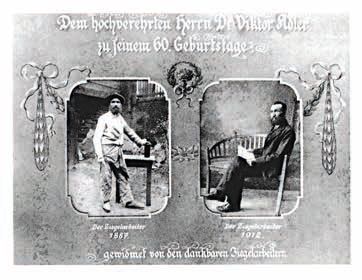
Twenty-five years after being floated on the stock market, wienerberger announces that the company’s assets have doubled since its incorporation. New factories are bought or built not only in Austria within its present-day borders, but also in present-day Hungary and Croatia.
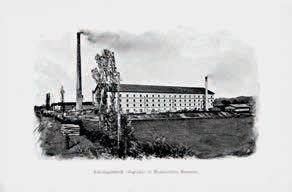
The First World War brings the construction industry to a complete standstill. Nevertheless, in 1916, wienerberger purchases brickworks and large plots of land to the south of Vienna as a potential future replacement for the premises on Wienerberg. At the end of the war, Wienerberger is obliged to sell all foreign investments in present- day Croatia, Hungary, the Czech Republic and Slovakia.
Crisis years between the wars are followed by a slow rebuilding process from 1947 and a construction boom in 1955, which correlated at wienerberger with the expansion and automation of factories, as well as the construction of state-of-the-art tunnel kilns.
By 1924, brick sales are down to one third of their pre-war level. Despite massive savings, wienerberger is in the red. The debt burden weighs heavily on the company. wienerberger’s only way out of this critical situation is a large capital cut in 1934 followed by a capital increase by the Creditanstalt bank and the sale of extensive land to Creditanstalt. wienerberger returns to the profit zone.
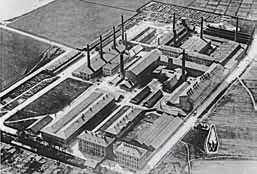
The National Socialists take over in 1938. Jewish management executives and politically undesirable persons are removed and replaced by executives with National Socialist leanings. The wartime economy leads to a brief surge in demand. As in many other companies, prisoners of war and slave laborers are used from 1938 to 1945.
A large number of wienerberger factories to the south of Vienna are in ruins at the end of the war. The company is temporarily placed under state administration. By 1947, brick production can slowly be increased again. Loans from the Creditanstalt bank are a major factor in investments to rebuild the company.

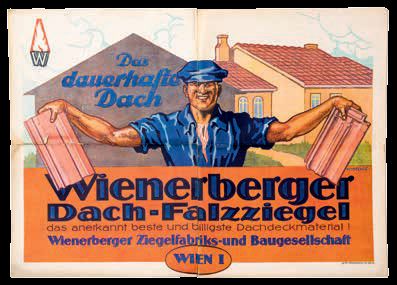
As a result of the post-war construction boom, brick production is at an all-time high with almost 200 million bricks a year. wienerberger continues to expand its factories. Automation and the construction of state-of-the-art tunnel kilns begin.
In partnership with the Austrian company LECA GmbH, wienerberger extends its business activity to include expanded clay. Further subsidiaries are established for the sale of stoneware products and later for concrete formwork stones. The company also diversifies into prefabrication.
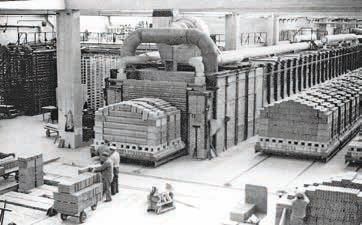
The Municipality of Vienna purchases the wienerberger premises on Wienerberg and the entire area is zoned for urban redevelopment. The brickworks in Vienna are phased out and production is relocated to other modern factories to the south of Vienna.
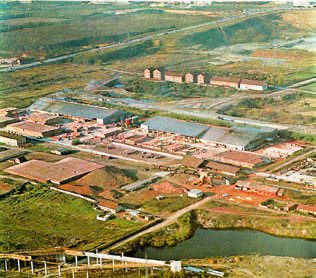
The oil crisis at the beginning of the 1970s causes a period of stagnation in the construction industry lasting until the 1980s. The record production of 400 million brick units in 1975 drops to 330 million by 1977. Despite structural measures and cost savings, the company posts a loss in 1980 for the first time since the end of the war.
An innovation and quality initiative, reorientation towards integrated solutions and modern marketing usher in a new era. The invention of the precision-ground brick at the end of the 1980s is considered a milestone, as it saves material and facilitates construction. Thanks to reorganization and strict cost management, wienerberger is back in the black under Erhard Schaschl, the new CEO, and purchases more factories and real estate in Austria.
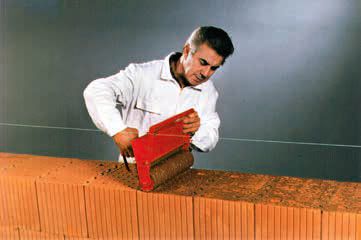
wienerberger acquires the German Oltmanns Group (brick and ceramic products, as well as plastic pipes). The resultant expansion of the product portfolio to include product pipes ultimately leads to the foundation of the Pipelife Group.
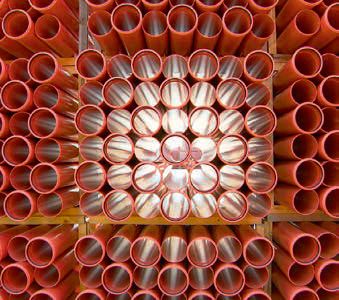
wienerberger acquires a majority share in Treibacher Chemische Werke (abrasives and chemical products) and the ÖAG Group (sanitary wholesaler). With around 40 factories, wienerberger is now one of Europe’s largest brick manufacturers.
Following the fall of the Iron Curtain, wienerberger expands quickly into Eastern Europe. Brickworks are acquired, modernized or built from scratch in Hungary, the Czech Republic, Slovakia, Poland and Croatia. wienerberger expands into the USA via Treibacher, and a stoneware factory is opened in Malaysia. In the early 1990s, wienerberger shows its pioneering spirit and enters the Chinese market together with a local partner. The company later sells its shares to its partner.
wienerberger continues to grow through the acquisition of the Sturm Group (France) and the Terca Group (Belgium, Germany, the Netherlands and the Czech Republic). As the owner of Terca, the Belgian Koramic Group obtains a 25% share of wienerberger in exchange. In Austria, wienerberger takes over Semmelrock (concrete pavers). Factories in Italy, Bulgaria, Estonia, Finland, Norway, Romania and Switzerland are added.
On the property side of the business, Business Park Vienna and the parking company WIPARK are sold. The shares in Treibacher AG are sold as well. By acquiring the US brick manufacturer General Shale in 1999, wienerberger takes over the second largest facing brick manufacturer in the US, becoming a truly global player. By 2000, the number of factories worldwide increases to over 200 and wienerberger becomes the world’s leading brick manufacturer.

The last two decades of the 20th century primarily represent a policy of expansive diversification, taking a step onto the world stage and wienerberger completing its unstoppable transformation into a global player.
The weakening economy and the consequences of the terrorist attacks in September 2001 force wienerberger to restructure. Seventeen unprofitable factories are closed. Wolfgang Reithofer takes over as the new CEO.
wienerberger acquires the 23 brickworks operated by British construction company Hanson plc. in continental Europe. As a result of the complete takeover of Koramic Roofing with its 13 factories, roof systems become part of the core business and wienerberger becomes the world’s second largest manufacturer of clay roof tiles. wienerberger acquires thebrickbusiness, the third-largest British brick manufacturer.

Bank Austria-Creditanstalt and Koramic Building Products NV sell their shares. As a result, wienerberger becomes a free float company without a controlling majority shareholder.
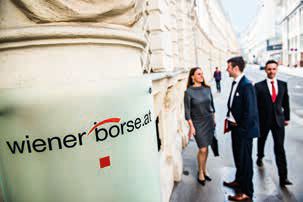
The housing and financial crisis originating in the USA causes a slump across the construction industry that lasts for several years. wienerberger puts the brakes on its expansion plans. A comprehensive restructuring program is implemented. This includes closing down 27 plants, cutting staff numbers from around 14,000 employees at the end of 2008 to 12,600 in 2009, and a restructuring program. Heimo Scheuch takes over as the new CEO in 2009.
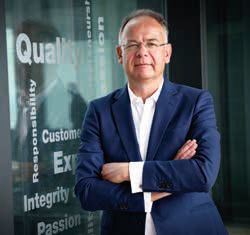
The far-reaching restructuring program is completed in 2014. From 2015 onwards, the company posts sustainable profits. Equity holdings are consolidated: wienerberger takes over the remaining shares of its Pipelife subsidiary. The Belgian Solvay Group previously held 50% of the shares. Acquiring Steinzeug sewage systems is a strategic step towards expanding the core business. wienerberger strengthens its influence in the field of concrete pavers by completely acquiring the Semmelrock Group.
Two years before the 200th anniversary, wienerberger adopts a new company strategy with a focus on greater profitability and organizational efficiency. As a global company, the aim is to reduce dependence on market conditions and to make its own way into the future.
The new strategy is adopted. It is based on organic growth, operational excellence, as well as growth projects and portfolio optimization. For acquisitions, the strategic focus is on companies with high profit margins and products offering customers specific added value. wienerberger focuses on profitable business areas and therefore exits from the concrete paver business in Austria. The future focus is on increasing profitability and enhancing efficiency within the organization, the aim being to make the company less dependent on the economic cycle.
200 years of wienerberger
wienerberger is the world’s largest brick manufacturer, Europe’s leading producer of clay roof tiles and the market leader in concrete pavers in Central and Eastern Europe and pipe systems in Europe. What started with the purchase of a brick factory on Wienerberg in 1819 has evolved over two hundred years into a global company with about 200 production sites in approximately 30 countries around the world.
